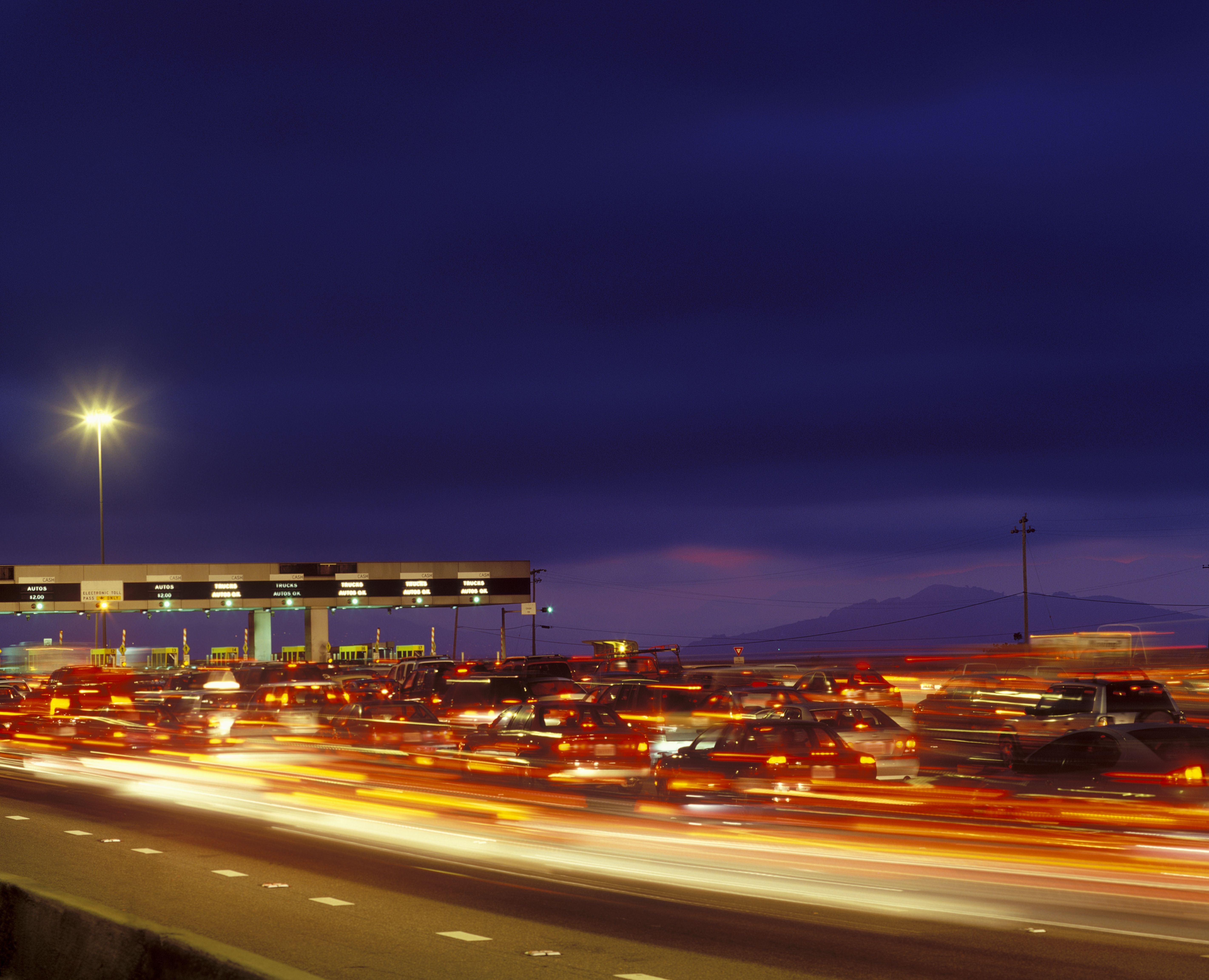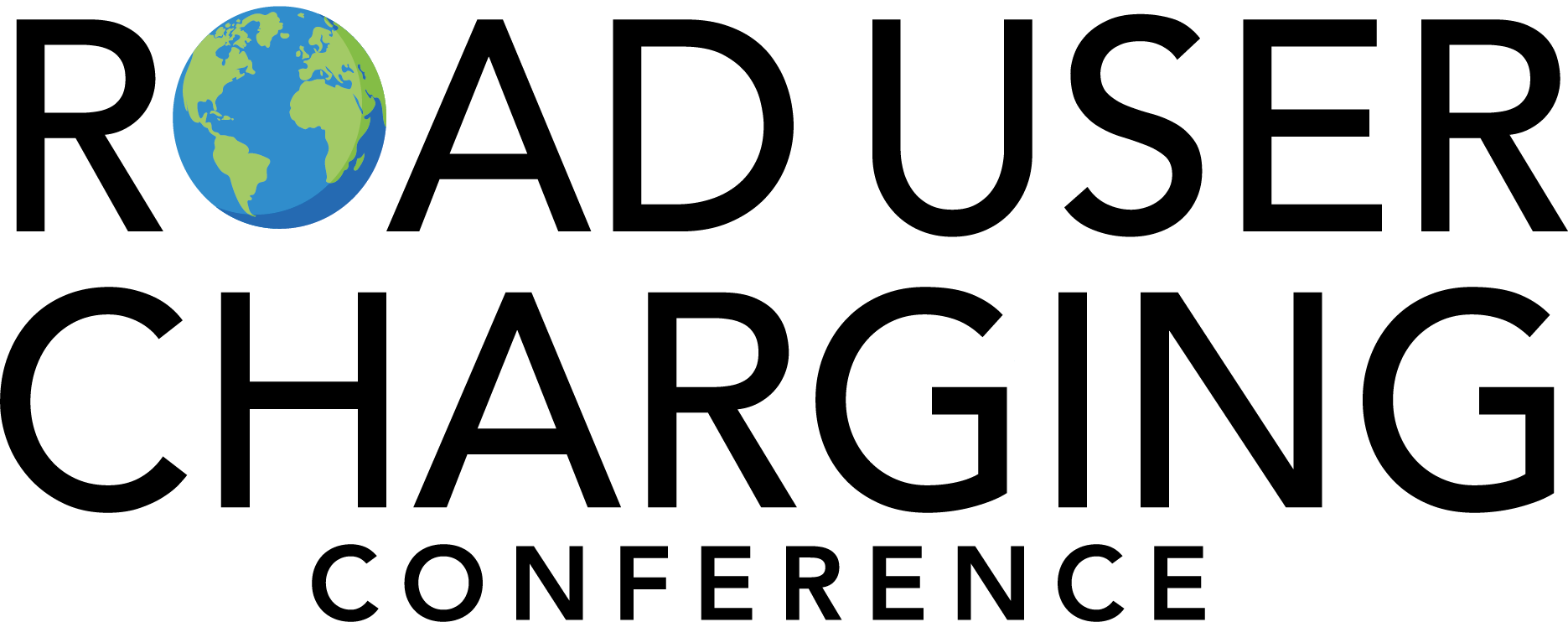New York MTA congestion tolling revenue aligns with expectations for February
)
According to MTA, 66% of the month’s revenue came from passenger vehicles, while taxis and for-hire vehicles contributed 24%.
Trucks accounted for 9% of revenue and buses and motorcycles 1%. Some 95% of tolls were collected during peak charging hours.
“This second month of operation reinforces the accuracy of our financial modelling,” said Jai Patel, co-chief financial officer at MTA.
“The programme continues to reduce traffic while generating projected funds for critical transit projects.”
Operating costs for February totalled US$11.5m, comprising US$9.5m for infrastructure and customer service and US$2m for mitigation efforts.
The resulting net surplus of US$40.4m will be reinvested into the authority’s 2020-2024 Capital Program.
Projects supported by the revenue include modern signalling upgrades on the Fulton Line in Brooklyn and Liberty Avenue in Queens, the extension of the Second Avenue Subway into East Harlem, station accessibility improvements, new rolling stock and zero-emission buses.
Traffic and revenue data for the CRZ is available via the MTA’s transparency portal and the New York State Open Data website.



